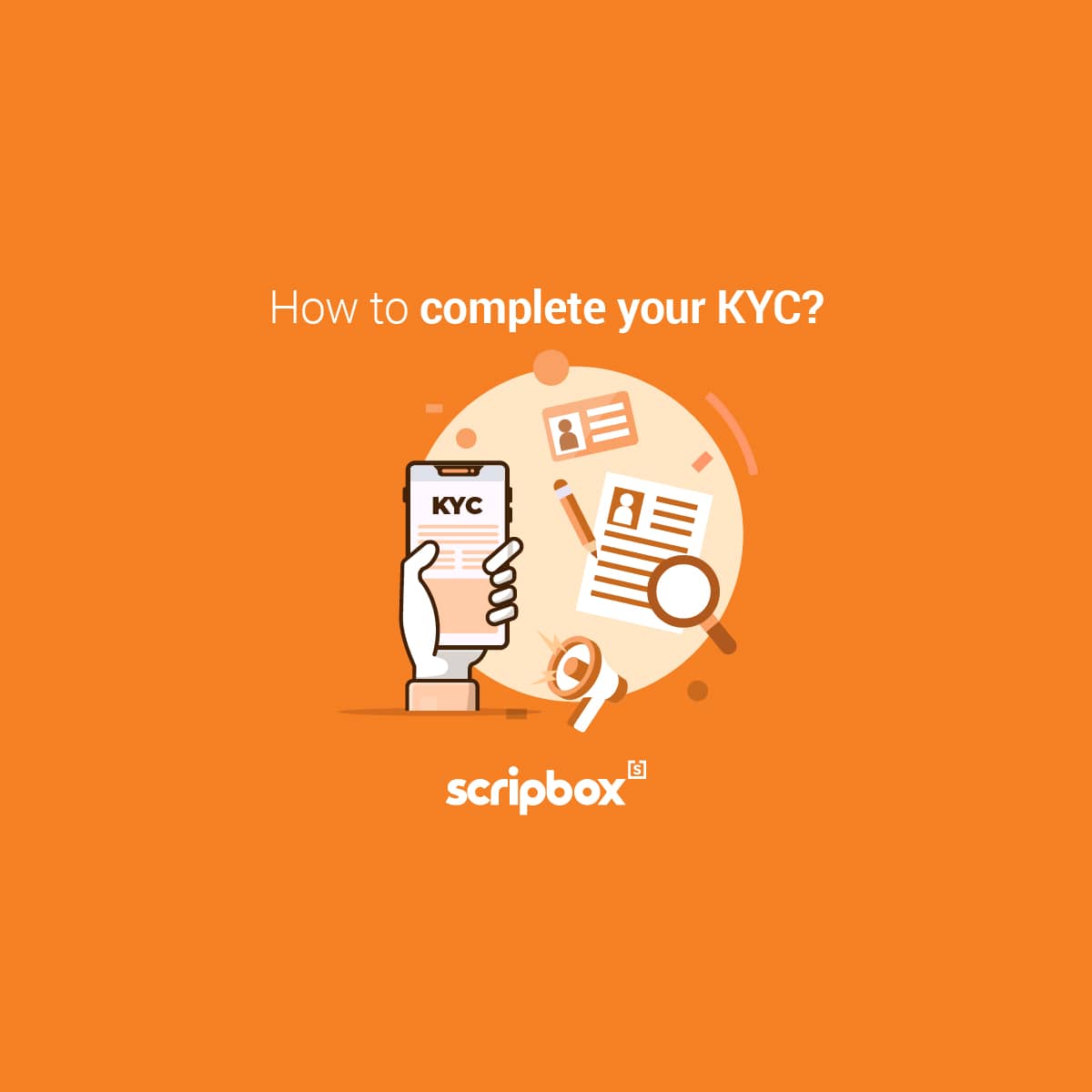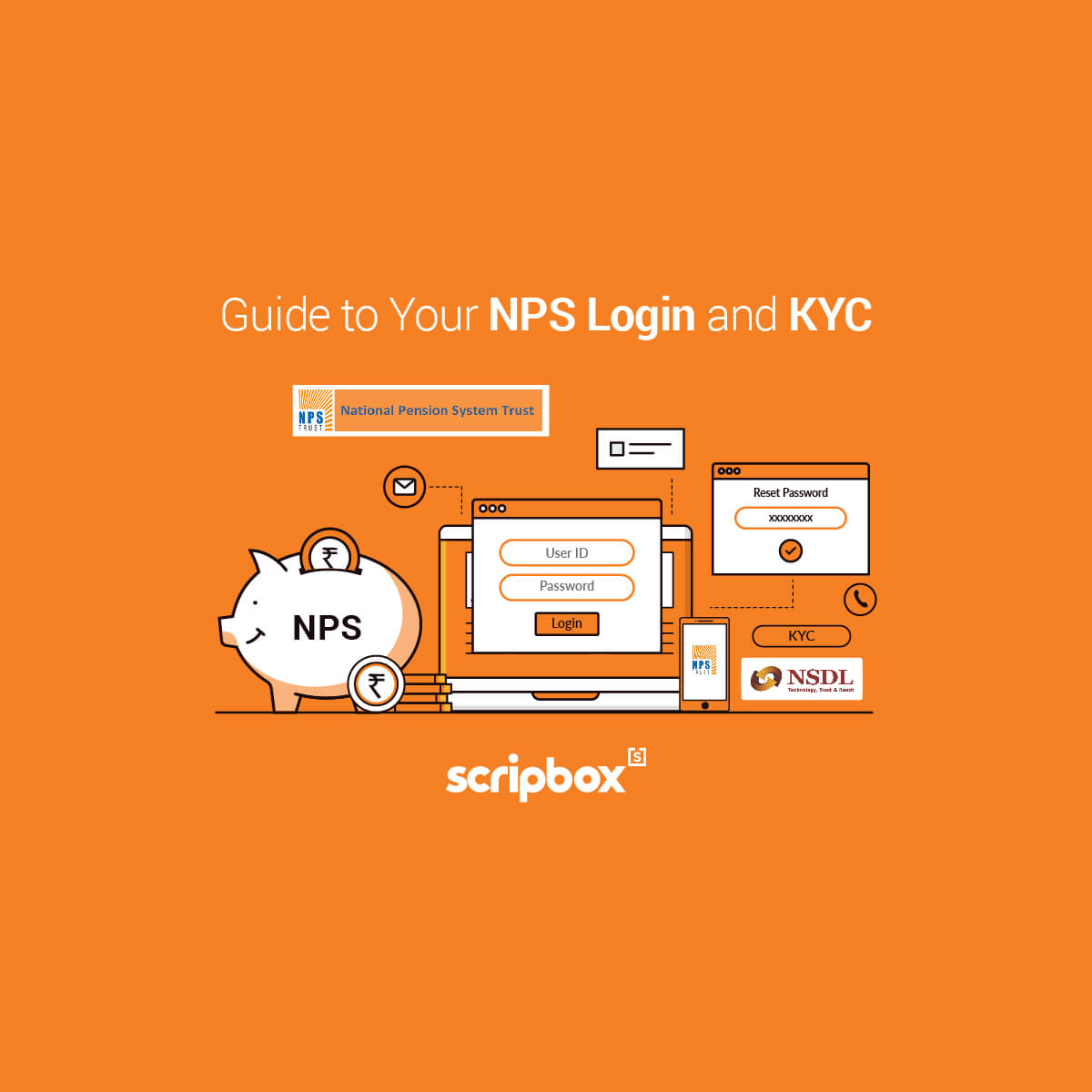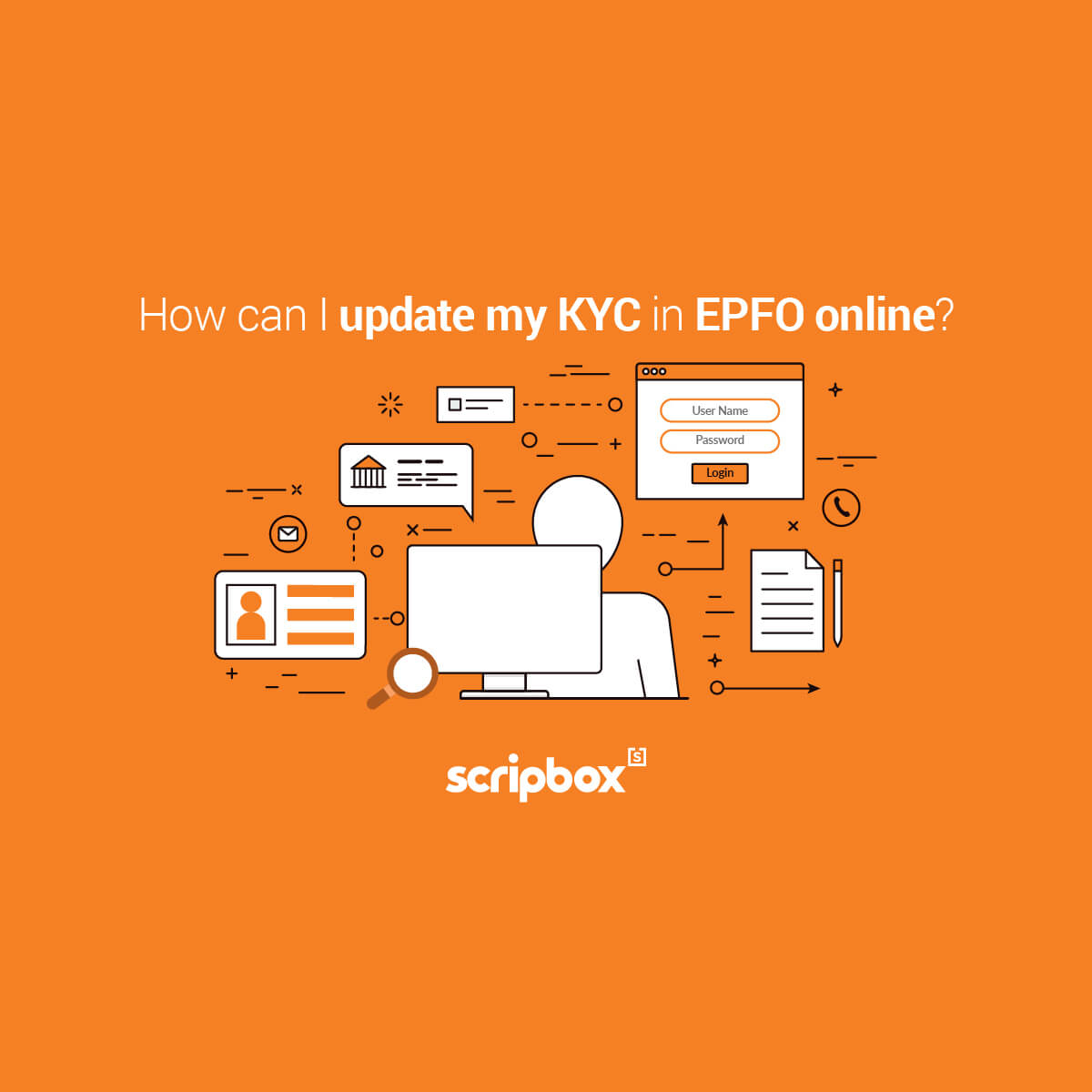Gold is an asset that not only adds value to an investment portfolio but also helps in its diversification. Financial experts suggest that an investment portfolio should have at least 10%-20% of assets invested in gold. The main reason for this is that the yellow metal acts as a perfect hedge against inflation and currency risk. Investing in gold can be done by purchasing gold coins, gold biscuits or even Sovereign Gold Bonds and Gold ETF. Each of these has its own pros and cons. This article explains physical gold vs sovereign gold bonds in detail.
What is Sovereign Gold Bond?
Sovereign Gold Bonds are government securities issued by RBI on behalf of the government. They are denominated in gold, with each unit being one gram of gold. These debt securities offer fixed interest on the investment. Moreover, they can also be sold in the secondary market and earn through capital gains.
The minimum investment in these bonds is one gram, and the maximum is 4 kgs for individuals and HUF. However, for trusts and entities, the maximum limit is 20 kgs, as notified by the government from time to time. SGBs can be held individually or jointly. And in the case of a joint application, the limit applies to the first applicant.
To apply for SGBs, one can visit the branches of nationalized banks, scheduled private and foreign banks, authorized stock exchanges, Stock Holding Corporation of India Ltd. (SHCIL), and designated post offices. One can also apply for these bonds online on the website of authorized commercial banks. SGBs are held in the form of certificates and can also be converted into dematerialized form. Hence there is no risk of theft or additional storage costs.
Interest and Taxation
SGBs pay a fixed rate of interest of 2.5% per annum. The interest payout is done half-yearly and is taxable as per the individual income tax slab rates. However, there is no TDS on interest income. The tenure of the bond is eight years, and it has a fixed lock-in of five years. One can sell the bond in the secondary market through stock exchanges from the 5th year. However, the capital gains for premature redemption are taxable similar to physical gold.
After the tenure of eight years, the bond matures and automatically, the redemption proceeds are credited to the bank account. The capital gains upon maturity are completely tax-free. The price of purchase and redemption is decided based on the last three days’ average of the closing price of gold with 999 purity. India Bullion and Jewelers Association Limited will publish the gold prices (INR).
You may also like to read about the Gold ETF vs Sovereign Gold Bonds
Benefits of investing in Sovereign Gold Bond
Following are the benefits of investing in SGBs:
Safety
Apart from market risk, SGBs do not carry any other risk that is associated with holding physical gold. There are no hefty making or designing charges or TDS on the bonds. Additionally, no one can steal or change ownership.
An additional source of Income
SGBs pay a fixed annual interest rate of 2.5 per cent. The amount of interest payments is twice a year. For investors, this may be an additional source of income.
Hedge against Inflation
Gold values have historically seen significant capital appreciation. As a result, investors will benefit from increases in the real value of their investments and accumulate significant wealth over time.
Online
An investor can easily apply for SGB online. They can do so through the website of the listed commercial banks. The Gold Bonds’ issue price is usually lesser by INR 50 per gram of gold than the nominal value for online applications and payments.
Demat Account
SGBs may be kept in a demat account by investors. The investors must make a clear request in the application form for this to happen. The bonds will be kept in the RBI’s books until the dematerialization process is completed. Additionally, the facility to convert the holdings to demat is available subsequent to the allotment of the bond.
Indexation Benefit
Investors may benefit from indexation if they transfer their bond before it matures. Furthermore, the redemption money and the interest received are protected by a sovereign guarantee.
Easily Traded on the Stock Exchange
Individuals can trade their SGBs on the stock exchanges. For example, after holding the bond for five years, investors can trade them on the National Stock Exchange or Bombay Stock Exchange.
Collateral
SGBs are accepted as loan collateral by banks. After setting the loan-to-value (LTV) ratio to the value of gold, they regard them as a gold loan. The ratio is set by the India Bullion and Jewellers Association Limited.
What is physical gold investment?
Gold is the most favoured form of investment if it is in tangible form. It can be bought in the form of jewellery, gold coins, gold biscuits and bars. The purchase of physical gold is usually kept highly confidential, unlike the purchase of digital gold.
The yellow metal can be bought directly from any jeweller. Hence no broker or intermediary is involved and is free from counterparty risk. There is no limit to purchasing physical gold. However, gold biscuits come in a minimum of 10 grams and hence the minimum investment is slightly higher in the case of physical gold. It is always suggested that one has to maintain physical proofs for all their gold purchases. It will help them with income tax filing.
Taxation
Everyone universally accepted physical gold. It can be liquidated anywhere in the world and get instant cash. The taxation for physical gold is similar to that of debt securities. In the short term (before three years), the gains are taxable as per the income tax slab rates. In the long term, long term capital gain tax of 20% with indexation benefit is applicable. Moreover, there is an additional cess of 4% and surcharge (if applicable).
One of the biggest risks of holding physical gold is the risk of theft. Gold being a tangible and valuable asset can be prone to the risk of being stolen. The gold purchased can also be of lesser quality, and purity can be a major concern. Moreover, holding physical gold involves additional costs of storage. Gold jewellery involves making charges which can be quite high. Also, the gold prices vary too from dealer to dealer and are not standard.
For purchases above INR 30 lakhs, paying wealth tax is mandatory. Hence buying physical gold involves additional costs. Moreover, the resale value of physical gold is comparatively lower than digital forms of gold.
If an investor converts physical gold to electronic gold receipt or vice versa then it is not considered as a transfer. hence, no capital gain arises. This change has been introduced with Budget 2023.
You may also like to read about the Digital Gold vs Physical Gold
Benefits of investing in physical gold
Following are the benefits of investing in physical gold:
Take physical possession: The investment can be kept in physical form by investors. They may be in the form of ornaments, bars, or coins. As a result, it is one of the safest investments.
Emergency: All other assets can vanish in the event of a market or economic collapse, but the actual gold one owns will remain. As a result, it protects the investor in the event of a crisis. In the event of unexpected political and social disasters, gold ETFs (exchange traded funds) will not have the same benefits as physical gold. Physical gold offers ‘financial protection’ that is unlikely to be affected.
Inflation and currency depreciation: Gold investments may help protect assets from inflation and currency depreciation.
Complete control over wealth: Physical gold investments help investors decide when to buy and when to sell. Investors hold the responsibility towards the asset. As a result, the complete control of managing the asset lies with the investor.
Sovereign Gold Bonds vs Physical Gold Which is better?
Following are the differences between Physical Gold vs Sovereign Gold Bond
| Parameters | Physical Gold | Sovereign Gold Bond |
| Meaning | Physical gold’s purity may or may not be 99.5%. | Sovereign Gold Bonds (SGB) are government securities denominated in gold. |
| Price | Physical gold prices are not uniform. | The government determines the issue rate. |
| Lock-in period | No lock-in period | Five years lock-in period |
| Investment | Gold biscuits or coins are available in the standard denominations of 10 grams. Hence, it requires a huge investment to invest in physical gold. | The Gold bonds are issued in units. One unit is equal to 1 gram. The minimum investment is 1 gram of gold, while the maximum limit is 4 kgs of gold per investor. |
| Taxation | The capital gains from a gold investment held for less than three years are taxable as per the investor’s income tax slab rates. For an investment withholding period of more than three years, the gains are taxable at 20% with indexation benefit. | The capital gains tax on redemption is zero. Also, the long term capital gains come with indexation benefits. However, the capital gains for premature redemption are taxable similar to physical gold. |
| Liquidity | One can easily buy physical gold from any bank or jeweller. They can be exchanged through a jeweller anywhere in the world. | One can trade their bonds on the stock exchange after the five year lock-in period. |
| Demat Account | Not required | Not mandatory. However, the investors have an option to hold their units in demat account. |
You may also like to read about Sovereign Gold Bond vs Fixed Deposit
Is it a good time to buy a Sovereign Gold Bond?
Sovereign Gold Bonds are issued by the government and hence are considered as low risk investments. Therefore, investors with a long term investment horizon can consider investing in these bonds as the gold prices are expected to go up in the long term. The best time to invest in Sovereign Gold Bonds is when there is a decline in the price of gold.
Conclusion
Gold is the most desired asset that holds both social and emotional value. It is a go to investment for ages in India. With changing times, investing in gold has also seen many changes. Investing in gold coins, jewellery, and gold biscuits are not the only option available. The government of India has introduced digital gold in the form of certificates and mutual funds that can be held in dematerialized format.
By investing in Sovereign Gold Bonds, one need not worry about it being stolen, storage costs or even purity of gold. However, with these bonds, one might face an issue with liquidity. Physical gold is universally accepted and can be sold anywhere in return for cash. But SBGs have a lock-in period of 5 years and mature only after eight years. Hence, before investing, one has to consider both the alternatives in light of liquidity, minimum investment and storage, etc.
Physical gold vs Sovereign gold bonds, having gold in an investment portfolio is essential as it helps diversify the portfolio. Moreover, gold is comparatively more stable when compared to other investments during market volatility. It acts as a hedge against inflation and economic uncertainties, which in turn stabilizes the value of the investor’s portfolio.
Read also about the Physical Gold vs Gold ETF
Discover More
Frequently Asked Questions
Sovereign Gold Bonds are issued by the Reserve Bank of India (RBI) on behalf of the government of India. Furthermore, they are a part of the market borrowing programme and are not backed by any physical gold. However, SGBs are denominated in grams of gold and the price of each gram is linked to the value of gold with 999 purity.
Gold ETFs are mutual funds that are traded on the stock exchange. They are very liquid and the price depends on the demand and supply of gold. Gold ETFs do not offer any passive income in the form of interest. On the other hand, sovereign gold bonds have a lock-in period of 5 years, after which they can be sold on the stock exchange. They offer interest to the investors and hence are a source of additional income. Investors who prefer additional income can invest in gold bonds, while investors who prefer liquidity in their investments can invest in Gold ETF.
Sovereign Gold Bonds are government securities that pay an interest of 2.5% per annum to the investors. By investing in Sovereign Gold Bonds, one need not worry about it being stolen, storage costs or even purity of gold. Also, the issue price of the bonds depends on the price of gold of 999 purity. Since they are in certificate format and stored in a demat account, the risk of being stolen is nil. Moreover, there are no additional storage costs. Hence investors who want to buy gold only for the purpose of investment and expect a regular source of income can consider investing in these bonds.
No, you cannot convert sovereign gold bond to physical gold.





























Show comments